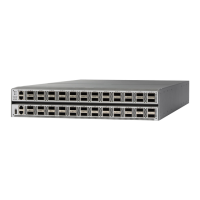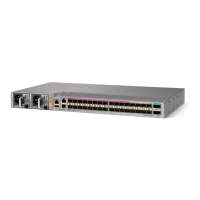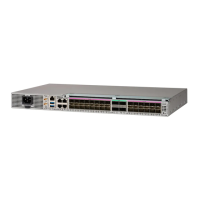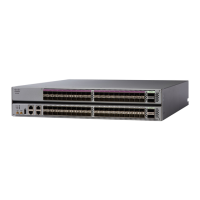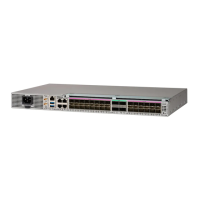Create Virtual Link
This task explains how to create a virtual link to your backbone (area 0) and apply MD5 authentication. You
must perform the steps described on both ABRs, one at each end of the virtual link.
After you explicitly configure area parameter values, they are inherited by all interfaces bound to that
area—unless you override the values and configure them explicitly for the interface.
Note
Before you begin
The following prerequisites must be met before creating a virtual link with MD5 authentication to area 0:
• You must have the router ID of the neighbor router at the opposite end of the link to configure the local
router. You can execute the show ospf or show ospfv3 command on the remote router to get its router
ID.
• For a virtual link to be successful, you need a stable router ID at each end of the virtual link. You do not
want them to be subject to change, which could happen if they are assigned by default. . Therefore, we
recommend that you perform one of the following tasks before configuring a virtual link:
• Use the router-id command to set the router ID. This strategy is preferable.
• Configure a loopback interface so that the router has a stable router ID.
• Before configuring your virtual link for OSPF Version 2, you must decide whether to configure plain
text authentication, MD5 authentication, or no authentication (which is the default). Your decision
determines whether you need to perform additional tasks related to authentication.
SUMMARY STEPS
1. Do one of the following:
• show ospf [ process-name ]
Routing Configuration Guide for Cisco NCS 5500 Series Routers, IOS XR Release 6.3.x
64
Implementing OSPF
Create Virtual Link
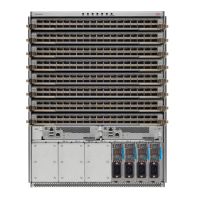
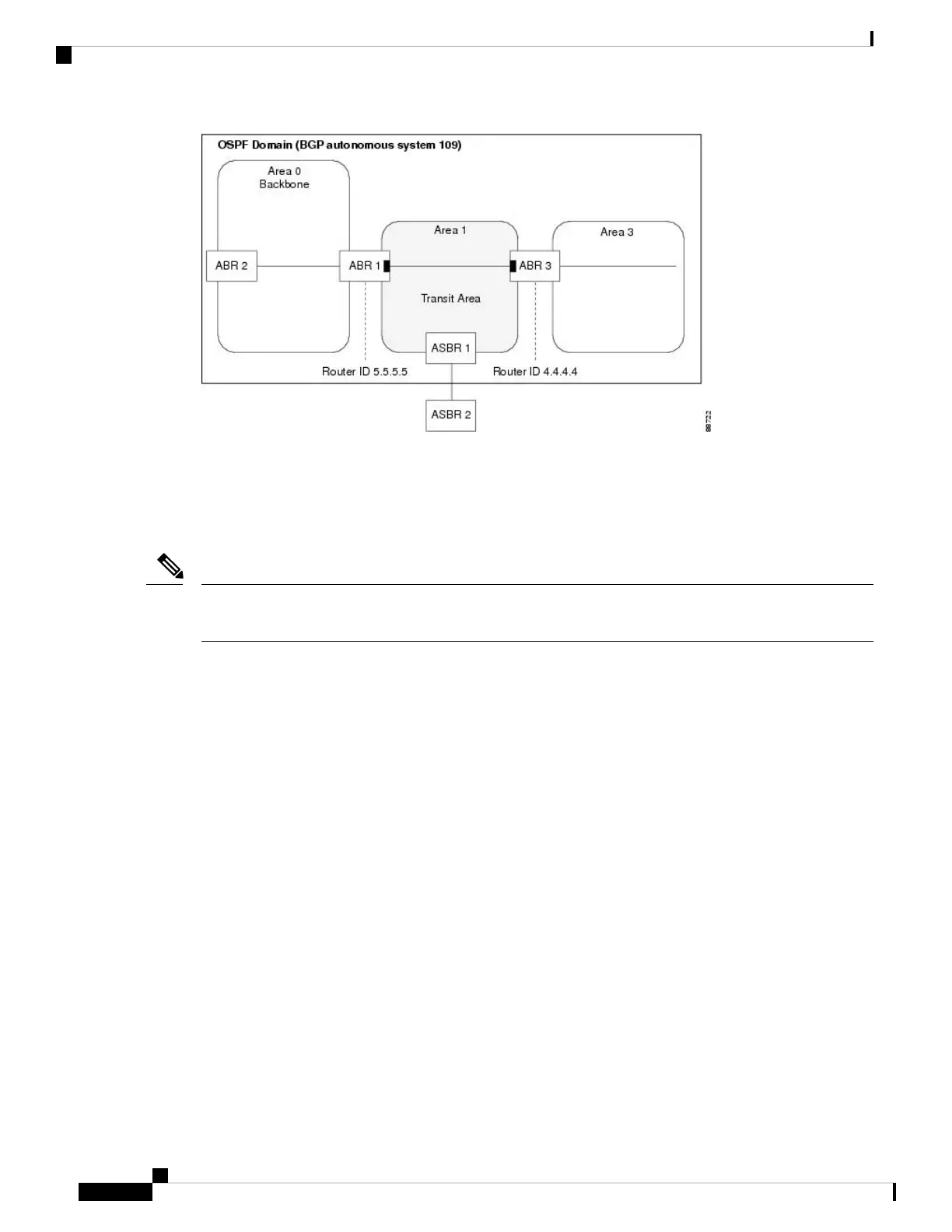